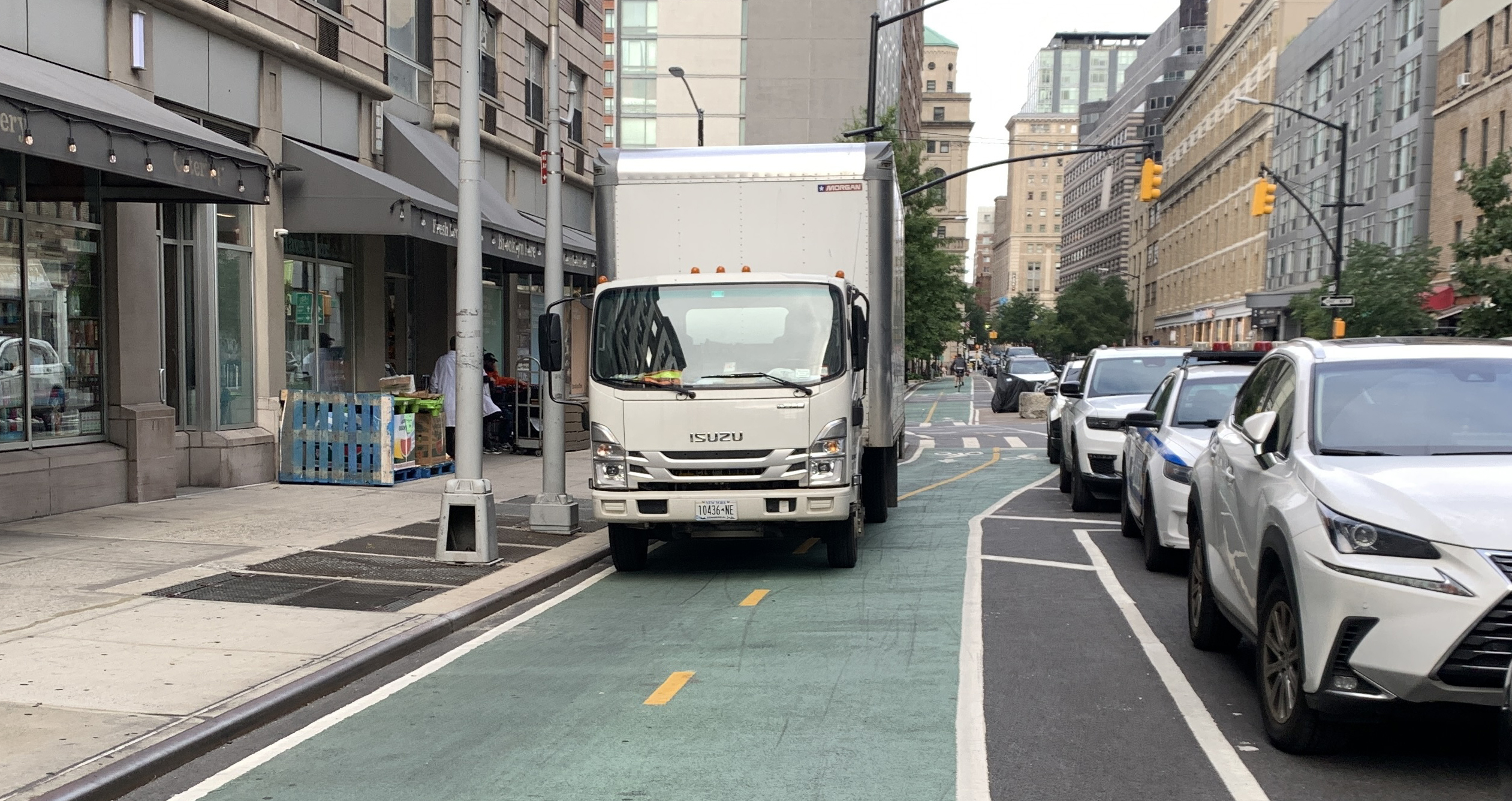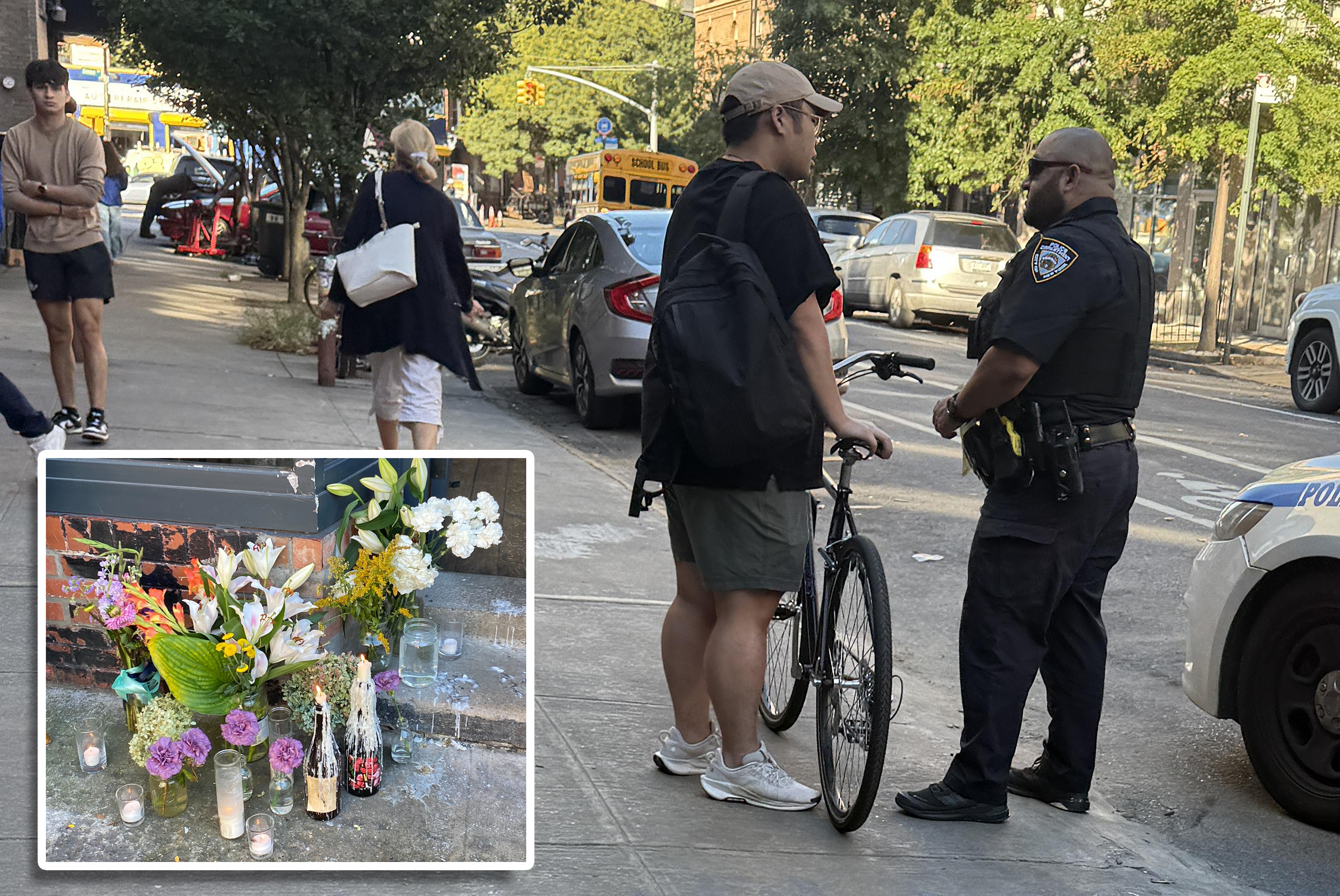Shared-lane stencils for bikes, a.k.a. "sharrows," definitely have their place in a balanced and healthy street system. But these friendly reminders to drivers to share the road have their limits as a tool to boost safety and create more inviting streets for biking.
A study by the LA County Bicycle Coalition [PDF] showed that sharrows do little or nothing to encourage new people to take up cycling, the way bike lanes and cycle tracks do.
That's why communities should not rely on sharrows when more effective interventions are called for. Unfortunately, Sam Ollinger at Bike San Diego says her city has fallen into this trap:
In the last year, San Diegans have seen the increasing number of shared-lane markings, also called "sharrows." Sharrows are appearing everywhere: Adams Avenue, Park Boulevard, Broadway, El Cajon Boulevard, Grand Avenue, Voltaire Street, Chatsworth Boulevard, Hotel Circle South, Pacific Highway and more. However, these sharrows are being used as a cheap band-aid instead of implementing real change on our roadways that would increase the number of people riding their bicycle for transportation or recreation.
For starters, San Diego’s Bicycle Master Plan recommends sharrows on roadways that are too narrow for bike lanes. Sharrows are recommended on roads that have a minimum width of 14 feet. Bike lanes are recommended on roads that have a minimum of 15-17 feet. El Cajon Boulevard, for example, has three travel lanes in each direction – it has more than enough room for a bike lane.
So how can the City of San Diego increase the percentage of people who ride a bicycle? A recent report [pdf] from the Mineta Transportation Institute, an institute that was established by Congress to research "multimodal surface transportation policy and management issues," concluded that in order to attract a wide segment of the population, a bicycle network’s "most fundamental attribute should be low-stress connectivity, that is, providing routes between people’s origins and destinations that do not require cyclists to use links that exceed their tolerance for traffic stress, and that do not involve an undue level of detour."
Elsewhere on the Network today: The Urbanophile asserts that Chicago is on the wrong track by aspiring to be a "global city," and offers some ideas to turn things around. American Dirt talks about how street art, or public murals, can make cities more inviting. And the Transportationist shares a study finding that pedestrians are injured less frequently at unmarked crosswalks because they act more cautiously around traffic.






